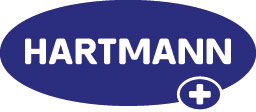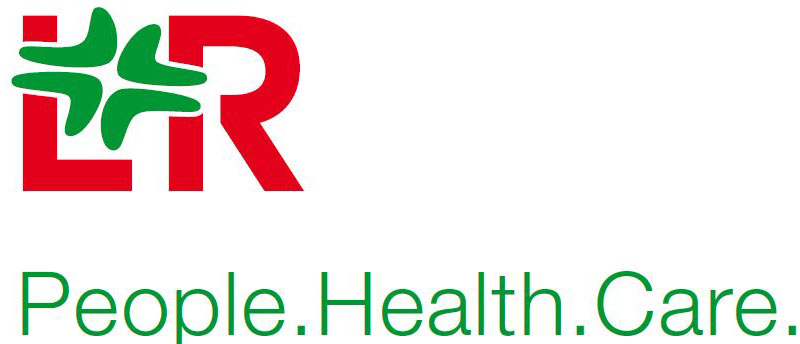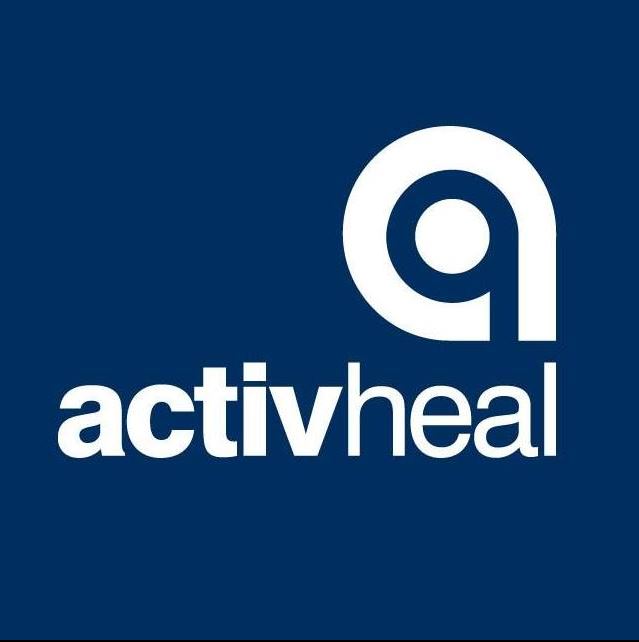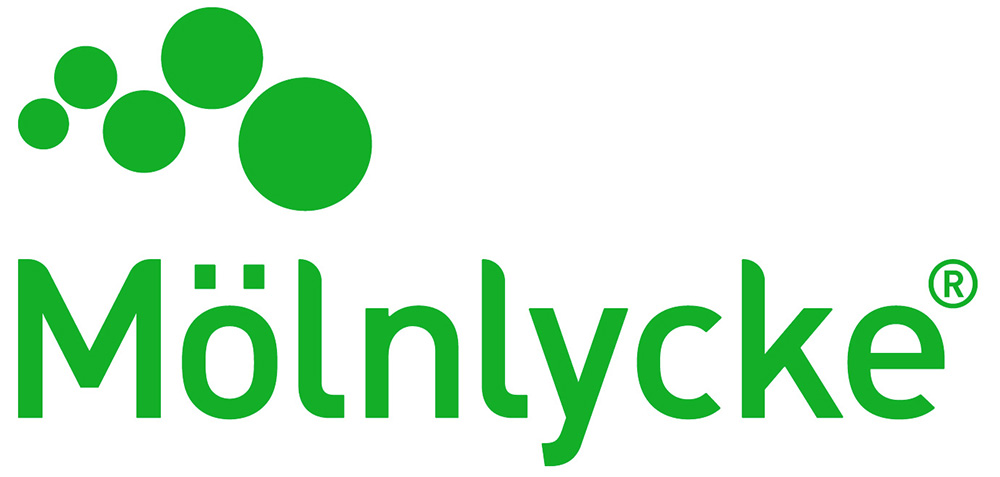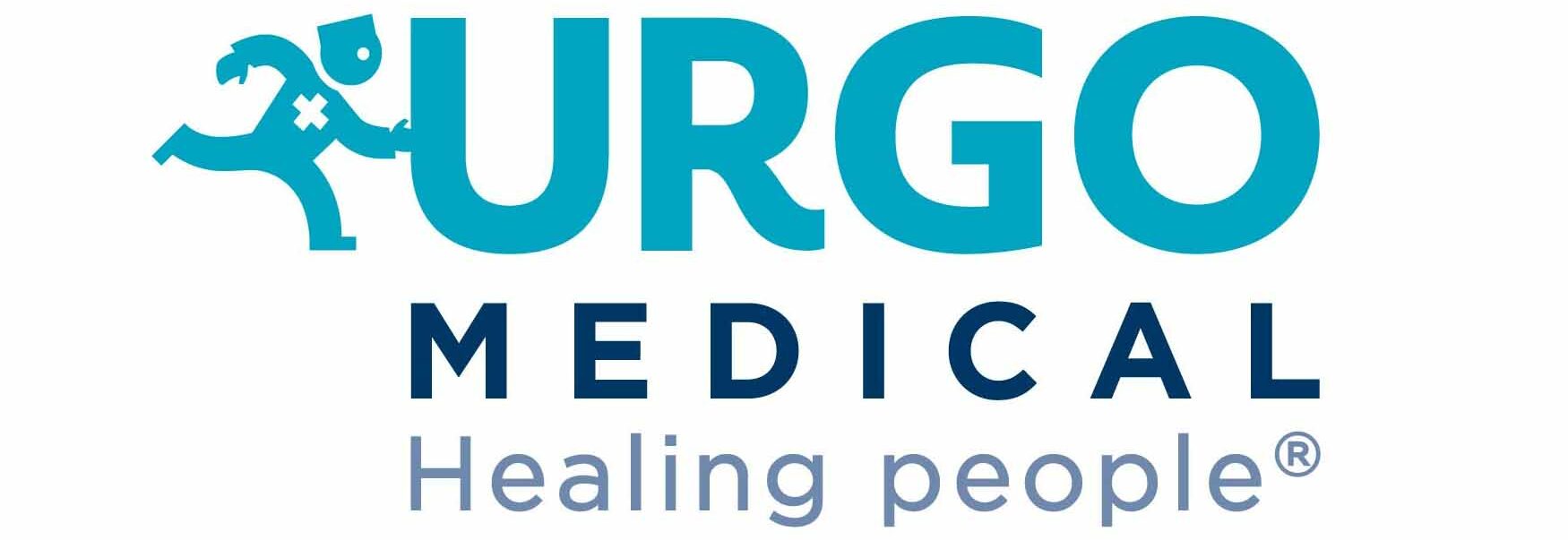2025 conference programme
We believe that skin health and wound healing is everyone’s business and that change happens when we work together, not in silos
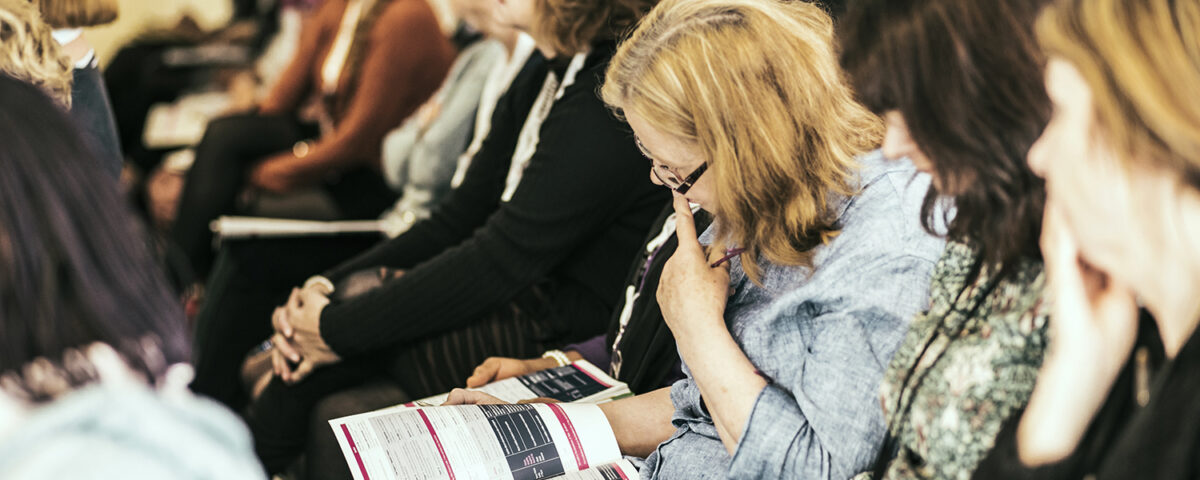
If the speaker name is green, you can click to see their bio, session objectives and abstract.
The Society of Tissue Viability is extremely grateful to all speakers at their conference who have given their time for free.
Day 1 – 30 April, 2025
Conference Hall (across the car park) – Main Plenary Sessions
- 08.00 – Scientific Breakfast Symposium supported by Convatec – Industry marketing vs evidence: dressing down the myths and exposing the evidence for anti-infectives – Dr Scarlet Milo and Rachel Torkington-Stokes
Moderated by Heather Hodgson - 09.15 – Introduction to the Conference – Sarah Gardner
RESILIENCE IN HEALTH CARE
- 09.30 – Understanding how to navigate the system and implement change (including cultural change) – Mr Matthew Allen and Dr Kristen Sorensen
10.15 – Break and exhibition viewing
SAFE AND EFFECTIVE LOWER LIMB CARE
- 11.00 – Injecting injuries and leg ulceration in people who inject drugs – Dr Alison Coull
- 11.30 – Diagnostic performance and cost-effectiveness of automated devices for identifying peripheral arterial disease in people with leg ulceration – Dr Dwayne Boyers
- 12.00 – A randomised controlled trial of compression therapies for the treatment of venous leg ulcers: VenUS 6 Study Results – Catherine Arundel
12.30 – Lunch and exhibition viewing
OPTIMISING HEALING: GETTING WOUND BED PREPARATION RIGHT
- 14.00 – Understanding wound debridement: assessment and methods for effective practice – Joanna Swan
- 14.30 – “Uniting Expertise”, reaching a consensus on international best practices for wound debridement among Nurses Specializing in Wound, Ostomy, and Continence Canada and the Society of Tissue Viability – Sharon Neill
15.00 – Break and exhibition viewing
THE PRESSURE IS OFF! HOW NEW EVIDENCE CAN INFLUENCE PRESSURE ULCER PREVENTION AND MANAGEMENT
- 15.45 – Understanding the association between pressure ulcers and sitting in adults: What does it mean for all of us? Seating guidelines for people, carers, health and social care professionals, third edition – Dr Melanie Stephens
- 16.15 – Unlocking Potential: Transform your ideas into reality, how can ‘Art’ influence lower limb pressure ulcer prevention and management – Sharon Neill
- 16.45 – Pressure ulcer prevention for people with long-term neurological conditions: a participatory approach – Dr Susanne Coleman and Dr Laura McLarty
- 17.15 – Close
Concurrent Sessions – Small Conference Hall (across the car park) – New evidence to support practice
SESSION 1 – PREVENTION / EARLY INTERVENTION TRIALS
- 11.00 – Free papers
* The Skin and Soft Tissue Abscess Severity Assessment Tool (SSTA-SAT). Knowledge and innovation from a doctoral research study – Liam Stout
* Steven Johnson Syndrome and Toxic Epidermal Necrolysis: perspectives of healthcare professionals in Northern Ireland and the global literature – Kate Bennett
The evolution of suspected deep tissue injuries reported at a hospital Trust in England – Alexandra Bishop
* ‘Bed Mobility Matters’: Do pressure mattresses impact bed mobility and independence? Comparing the perceptions of the individuals who use them and health care professionals – Rachael Durrans
* Skin and soft tissue abscess flare: a contemporary definition for interpreting erythema – Liam Stout
* Optimising Compression Therapy fOr inPatients with venous UlcerS. Providing compression therapy in NHS hospitals – Yaping Lian
* Reducing incidences of pressure ulcers in ICU by 70% – Sarah Kate Mangan - 12.00 – PREVENTion and treatment of Incontinence-Associated Dermatitis (IAD) through optimising care: development and feasibility cluster randomised trial of the IAD-Manual (PREVENT-IAD) – Dr Sue Woodward
- 12.30 – Lunch and exhibition viewing
SESSION 2 – DIABETIC FOOT
-
14.00 – MIDFUT: Multiple interventions for Diabetic Foot Ulcer Treatment Randomised Controlled Trial (RCT) – Myka Ransom and Henrietta Konwea
-
14.30 – Evaluating extracorporeal shockwave therapy for diabetic foot ulcer healing – Professor Ian Chetter
- 15.00 – Break and exhibition viewing
SESSION 3 – GETTING STARTED IN WOUNDS RESEARCH / CAREERS IN RESEARCH
-
15.45 – Getting started in wounds research / careers in research. Panel discussion including hints, tips and personal experiences – Dr Clare Greenwood, Professor Peter Worsley and Martin Sylvester
- 16.15 – Free papers
* Implementation of an OSCE style competency framework to improve clinician confidence and competency in lower limb management – Eva Harris and Jackie Dark
* Introduction of a new moisture associated skin damage pathway in adult critical care unit at Leeds Teaching hospitals – Natasha Hyde and Catherine Gacad
* Enhancing pressure ulcer prevention and management through multidisciplinary collaboration: A joint approach between Tissue Viability Nurses (TVNs) and Occupational Therapists (OTs) – Eva Harris and Danielle Base
* The role of the Pressure Ulcer Improvement Nurse (PUIN) in improving the adverse event review process of pressure ulcers – Susan Newman
* Integrating Digital Technology in Chronic Wound Management: The ICAREWOUNDS study – Rini Bhatnagar and Lissy Augustine
* Clinical audit identifying compliance with wound assessment within an acute setting – Stephanie Brown and Katie Leek
* Equity in care : Skin tone diversity education in pressure damage prevention – Lourdes Rivera - 17.15 – Close
Concurrent Sessions – Lecture Hall (first floor) – Workshops
- 11.00 – WORKSHOP – Managing the foot and toes, a whole leg approach – Kate Williams, Georgina Ritchie, Rebecca Elwell, Katy Smyth and Anna Swinburn
Supported by Solventum, Haddenham and L&R - 12.30 – Lunch and exhibition viewing
- 14.00 – WORKSHOP – LIVE Wound moulage, assessment and wound bed preparation using the T.I.M.E Clinical Decision Support Tool (CDST) – Deborah Chester-Bessell and Ayesha Marshall
Supported by, ConvaTec, L&R, Smith + Nephew and Solventum - 15.00 – Break and exhibition viewing
- 15.45 – WORKSHOP – Tips and tricks with Negative Pressure Wound Therapy (NPWT) – getting your confidence back – Sharon Scattergood, Claire Hoggard and Lisa Hill
Supported by Smith + Nephew, Molnlycke and Solventum - 17.15 – Close
Day 2 – 1 May, 2025
Conference Hall – Main Plenary Sessions
A CUT ABOVE THE REST: USING EVIDENCE TO IMPROVE SURGICAL WOUND CARE
- 09.15 – A pragmatic multicentre randomised controlled trial to assess the clinical and cost-effectiveness of negative pressure wound therapy versus usual care for surgical wounds healing by secondary intention (SWHSI 2) – Catherine Arundel
- 09.45 – The Impact of postoperative packing of perianal abscess cavities: a multicentre RCT – challenging wound care dogma. Results and discussion about de-implementation – Ms Katy Newton
- 10.15 – Surgical wound complications – what we need to know and do! – Jacky Edwards
- 10.45 – Break and exhibition viewing
HOW WELL DO WE REALLY UNDERSTAND WOUND PAIN?
- 11.30 – More than just pain – A lived experience of skin and wound challenges of Complex Regional Pain Syndrome (CRPS) – Victoria Abbott-Fleming MBE
- 12.00 – Wound-related pain – are we responding to patient need? – Professor Georgina Gethin
- 12.30 – Wound-related pain and the endocannabinoid system – Catherine Healy
- 13.00 – Lunch and exhibition viewing
WHEN SHOULD WOUND CARE BECOME URGENT?
- 14.30 – Necrotising fascitis – urgency and impact on patients – Luxmi Dhoonmoon
- 15.00 – How should we manage pre-tibial lacerations and haematomas? What is the current evidence base? – Dr Clare Greenwood
INCLUSIVITY IN HEALTH CARE
- 15.30 – Challenging ableism in healthcare – Georgia Vine
- 16.00 – Close – Sarah Gardner
Concurrent Sessions – Small Conference Hall – Prevent-Manage-Heal: A collaborative approach
COLLABORATION IN PRESSURE ULCERS
- 09:15 – The influence of localised cooling at the skin of the heel and sacrum – Dr Ralph Gordon
- 09:45 – Overview of innovations and emerging technologies to detect posture, mobility and pressure ulcer risk in vulnerable individuals – Dr Silvia Caggiari
- 10:15 – Using positioning in lying to reduce the risk of developing pressure ulcers in those with limited mobility and or complex postures – Dr Jackie Casey
- 10:45 – Break and exhibition viewing
COLLABORATION IN INFECTION
- 11:30 – The importance of collaboration in surgical site infection (SSI) surveillance – Anna Thompson
- 12.00 – Moving from communication to collaboration – a microbiology approach – Mr Greg Williams
- 12.30 – Antimicrobial Stewardship – what is it and how do we apply it to wound care? – Professor Val Edward-Jones
- 13:00 – Lunch and exhibition viewing
COLLABORATION IN LOWER LIMB
- 14:30 – Skin tears: Handle with care – Dr Jeannie Donnelly
- 15:00 – Lower limb care and cellulitis diagnosis – Rebecca Elwell
- 15:30 – Creating collaboration in personalised lower limb care – Kate Williams, Katie Rees and Rebecca Long
- 16.00 – Close
Concurrent Sessions – Lecture Hall – Workshops
- 09.15 – WORKSHOP – Managing the foot and toes, a whole leg approach – Luxmi Dhoonmoon, Georgina Ritchie, Rebecca Elwell, Katy Smyth and Anna Swinburn
Supported by Solventum, Haddenham and L&R - 10:45 – Break and exhibition viewing
- 11.30 – WORKSHOP – Tips and tricks with Negative Pressure Wound Therapy (NPWT) – getting your confidence back – Sharon Scattergood, Claire Hoggard and Lisa Hill
Supported by Smith + Nephew, Molnlycke and Solventum - 13.00 – Lunch and exhibition viewing
- 14.30 – WORKSHOP – LIVE Wound moulage, assessment and wound bed preparation using the T.I.M.E Clinical Decision Support Tool (CDST) – Deborah Chester-Bessell and Ayesha Marshall
Supported by, ConvaTec, L&R, Smith + Nephew and Solventum - 15.25 – Close
It’s a fantastic programme for the Society of Tissue Viability 2025 Conference – don’t miss out!


